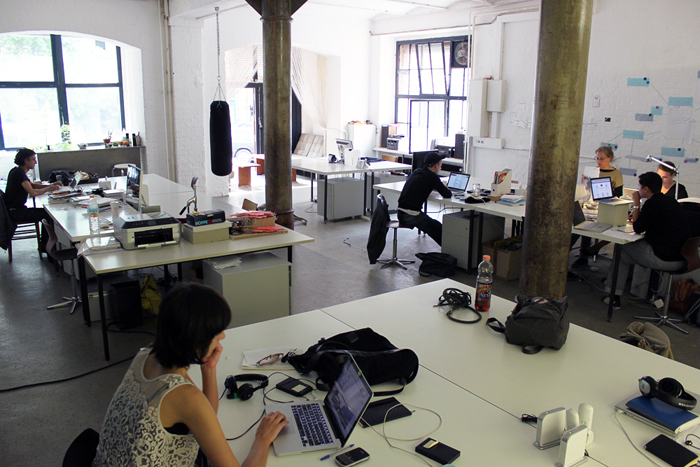
Context – I had never worked in a co-working space until about a year ago. Made some mistakes, moved, made some mistakes, and moved again. So I guess I want to pass on these learnings to others who might end up in the same scenario.
- Washrooms. Sounds gross/crude – but take a team member of either sex to go inspect. And inspect once more (another day) towards the evening. Will give you an idea of how frequent they clean.
- Washrooms are non-negotiable. If they stink one day, do not dismiss it as – perhaps just that day it is stinking (community managers might tell you that). If it stinks even one day, run away. Shows the seriousness of the management.
- Community Managers. Talk to them. Chat up with them. They are usually friendly. Ask how long they have been there. How much autonomy they get in running the center <– this is very important. Observe how they give a tour. The prouder they show you stuff, the more ownership.
- Common Area. Ensure you ask for common area. Space for having lunch. Space for just ordering tea and sitting/taking a break. Make sure it will remain. Make sure it is mentioned in the contract. In one of the spaces we were in, common area suddenly was sold off to a client. Ensure that the common area is spread out. Nice to have – common areas / nooks spread out across the floors. Common area is different from play area. If your team is young and fun, look for TT tables/foosball etc. Again, make sure / ask if it will remain and won’t disappear.
- HVAC (Air-conditioning) – This can really mess up workspaces and your team. If the floor has central AC, check who has access to the thermostat. Make sure it is handled only by the fac team. Walk around and check if temp is uniform. AC draft balancing is a science. Inspect on two separate days at different times – If it is too cold or too hot on either of the days, something is wrong. And if it is wrong on that day, it will be wrong many days. (Same as washrooms). Non-negotiable. At one time, my guys were wearing hoodies and working.
- Infra – Check for seepage. AC duct drips. Glass cracks etc. If these exist on both days of your visit, then the team isn’t good enough to maintain the facility. We had buckets under the AC ducts in one of our workplaces.
- Meeting rooms – Check if there are enough for your team. Check if at least some of them have TVs / whiteboards. Check if the TVs have HDMI/Chromecast. Check how to book meeting rooms. If they say whatsapp or physical book/register, run away.
- Even if one of the meeting rooms has a sign saying – “Reserved for company Foo” on both days, think twice. Long reservations of meeting rooms for companies does not usually bode well for others.
- Food – Best case scenario if the Coworking space has a wet kitchen on a terrace of a cafe attached. Food brought in from outside and heated doesn’t usually bode well. Do peek in to the pantry/heating room. Check for hygiene.
- Pantry – Coffee/water dispenser area – bare minimum. Take a close look at the counter where the coffee machine / tea / sugar is kept. How clean is it? Can give you an approx idea as to how effective housekeeping is. Look at the sink. Loaded? Clean?
- Internet – Look for the wifi routers. Ask about how one signs in. The best guys have location based auto sign-ins. Sub-optimal ones have a user-name/password to sign in. Check the speed. Ask the community manager to show fast.com results on their mobile. Check if they have back-up internet providers, if one provider conks off. Ask about any specific requirements like – we needed port forwarding and a static IP for our biometric machine.
- Housekeeping staff – In both of your visits, look out for house keeping staff. Are they on the move. Are they even there? Ask for the cleaning schedule. Do they deep-clean on weekends? How many staff they have? And who supervises them? How does one request help from them?
- Parking facilities – a lot of the co-working spaces do not have enough car parking spaces. Two wheeler spaces are available though, but they are paid for. Check the process for that.
- Entry / exit formalities – Ask explicitly about security deposit, what it covers. If you are customizing stuff, explicitly check if there are any re-fitting charges. We removed a glass partition and were shocked to hear about a refitting charge !!
Over-all, basically, if you are working out of a co-working space, there are always trade-offs / sub-optimalities. These are proportional to the per-seat rent in most places. The higher you go, the better it is. There might be exceptions of course.
It is up to you to figure out, at which point your company is, how much you can pay, and which of these trade-offs you can live with. Happy co-working folks !!









